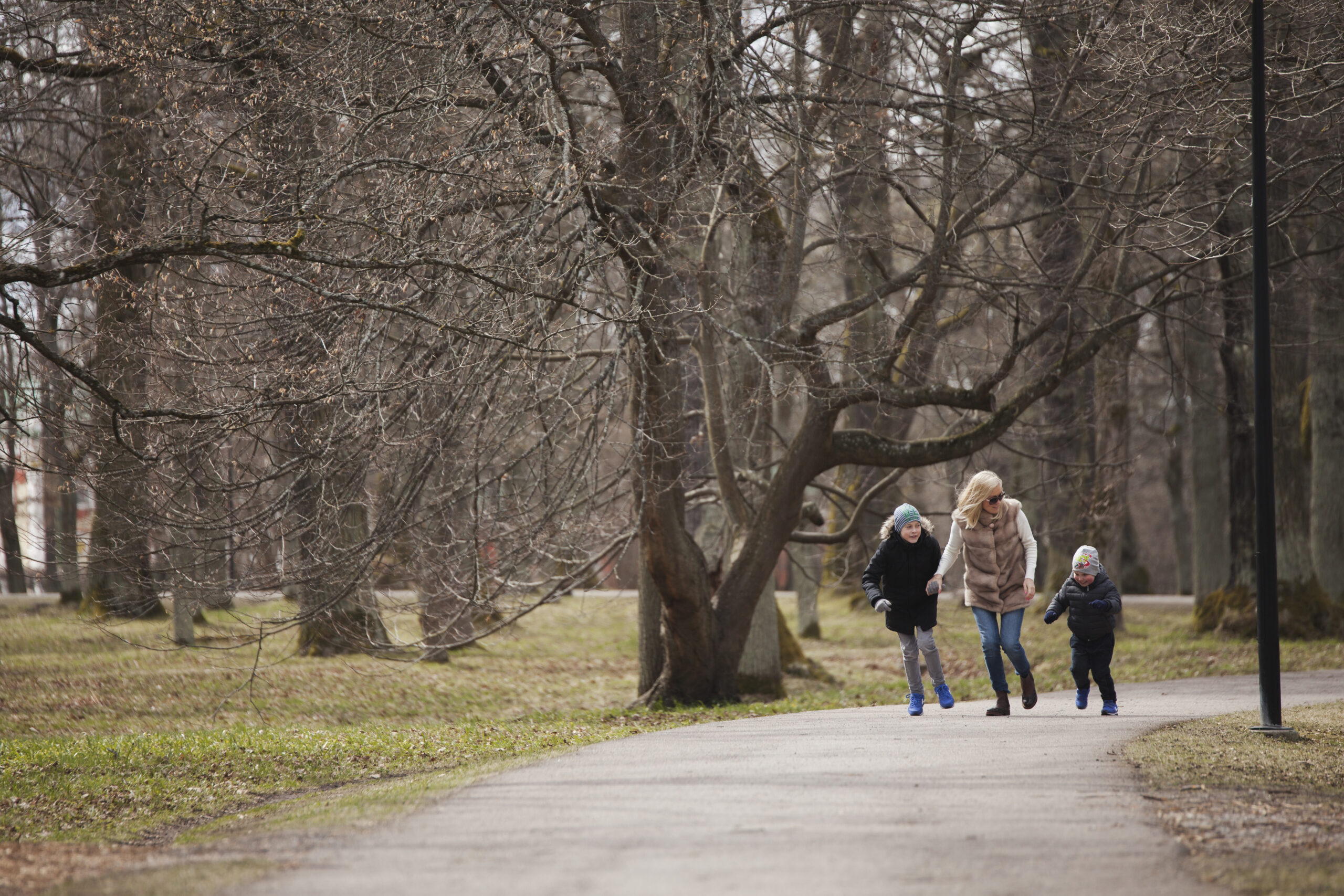Johnstone Road: A Pathway Through History, Community, and Change
Roads are more than just paved surfaces that connect one place to another; they are witnesses of history, carriers of culture, and backbones of communities. One such example is Johnstone Road, a name that can be found in different parts of the English-speaking world, often carrying its own unique story. Whether it winds through a bustling city, cuts across a quiet town, or leads to scenic countryside, Johnstone Road is a reminder that every street has significance beyond its asphalt.
Origins of the Name
The name “Johnstone” has deep historical roots, most notably tied to Scotland. It is a surname derived from “John’s town” or “settlement of John.” As migration and colonization spread English and Scottish names across the globe, it became common for towns, streets, and landmarks to carry the name Johnstone. Roads bearing this name often connect neighborhoods to central areas, serving as arteries of transport and commerce.
In some regions, Johnstone Road was named after influential local families, town founders, or prominent figures who left their mark on civic life. The road’s title itself often sparks curiosity, prompting residents and travelers alike to ask: Who was Johnstone, and why is this road named after him?
Geographic Importance
A road’s location defines its importance. For many towns, Johnstone Road acts as a primary connector, linking residential communities with marketplaces, schools, or industrial centers. In cities, it may bustle with traffic, lined with shops, offices, and eateries that keep urban life humming. In smaller towns, the same road may be quieter, edged with homes, small businesses, and local institutions that provide everyday necessities.
Geographically, roads like Johnstone Road also help determine urban growth. As businesses spring up along the roadside, property values may rise, schools may develop nearby, and infrastructure expands to support the increased movement of people. In rural or semi-rural areas, Johnstone Road may serve as a lifeline, connecting remote residents to highways, hospitals, and regional hubs.
Economic and Social Role
Roads named Johnstone are rarely just transport routes; they are economic engines. Small businesses often cluster on such thoroughfares—cafés, grocery stores, bookshops, car repair garages, and more. The accessibility of Johnstone Road makes it a practical spot for entrepreneurs to set up shop, knowing that the steady stream of traffic can bring in loyal customers.
Socially, Johnstone Road may also serve as a gathering place. Local parades, festivals, or community walks often pass through it, turning a seemingly ordinary road into a stage for collective celebration. Schools or churches located along Johnstone Road give it added importance, as generations of families build memories tied to this space.
Historical Transformation
Like most roads, Johnstone Road has likely seen many transformations over time. What may once have been a dirt track used by farmers or horse-drawn carts could now be a paved, multi-lane route buzzing with vehicles. Streetlights, bus stops, and pedestrian paths reflect how communities invest in accessibility and safety.
Some Johnstone Roads may have roots in colonial or industrial history. For example, in the 19th and 20th centuries, many roads were developed to connect factories with railways or ports. If Johnstone Road ran through such an area, its growth would mirror the expansion of trade and industry. Similarly, the shift from horse-drawn transport to motor vehicles demanded widening and modernizing roads like Johnstone Road, reflecting broader technological and societal changes.
Cultural Significance
Beyond economics and infrastructure, Johnstone Road may hold cultural value. Street art, memorials, or plaques along the road can tell stories of local heroes, historical events, or social movements. Local artists may use walls along Johnstone Road as canvases, giving it a distinct identity. In multicultural neighborhoods, the shops and eateries on Johnstone Road might reflect diverse cuisines, traditions, and languages, transforming the road into a microcosm of global culture.
Sometimes, roads like Johnstone also become part of literature, film, or music, symbolizing the idea of journey, resilience, or belonging. For residents who grew up there, Johnstone Road is not just a place on a map but a part of their personal history.
Challenges Faced
Like many urban and semi-urban roads, Johnstone Road may face challenges. Traffic congestion, especially during peak hours, is a common issue. Increased vehicle usage leads to wear and tear, requiring regular maintenance. In some areas, lack of pedestrian crossings or bike lanes may cause safety concerns.
Environmental issues are also significant. Heavy traffic contributes to noise and air pollution, affecting the quality of life for nearby residents. Urban planners often struggle with balancing growth and sustainability, ensuring that roads like Johnstone Road remain functional without losing their livability.
Looking Toward the Future
The future of Johnstone Road lies in adaptation and modernization. With the rise of smart cities and green transport, roads across the world are being reimagined. Johnstone Road may eventually see electric vehicle charging stations, eco-friendly bus routes, or dedicated cycling lanes. Sustainable urban planning could transform it into a greener, more pedestrian-friendly space.
Digital technology might also play a role—real-time traffic updates, smart lighting systems, and integrated transport apps can make navigating Johnstone Road smoother and safer. Ultimately, its evolution will reflect broader changes in how societies view mobility, environment, and community well-being.
Conclusion
Johnstone Road, whether in a bustling city or a quiet town, is more than just a stretch of pavement. It is a symbol of connection—between past and present, people and places, tradition and modernity. Its history is etched into the stories of the people who live, work, and travel along it every day.
As urban landscapes continue to grow and change, Johnstone Road will remain a vital thread in the fabric of community life. For some, it will always be the road they grew up on. For others, it may simply be a route they pass through. But for everyone, Johnstone Road represents the enduring role of roads as lifelines that bind society together.



Post Comment